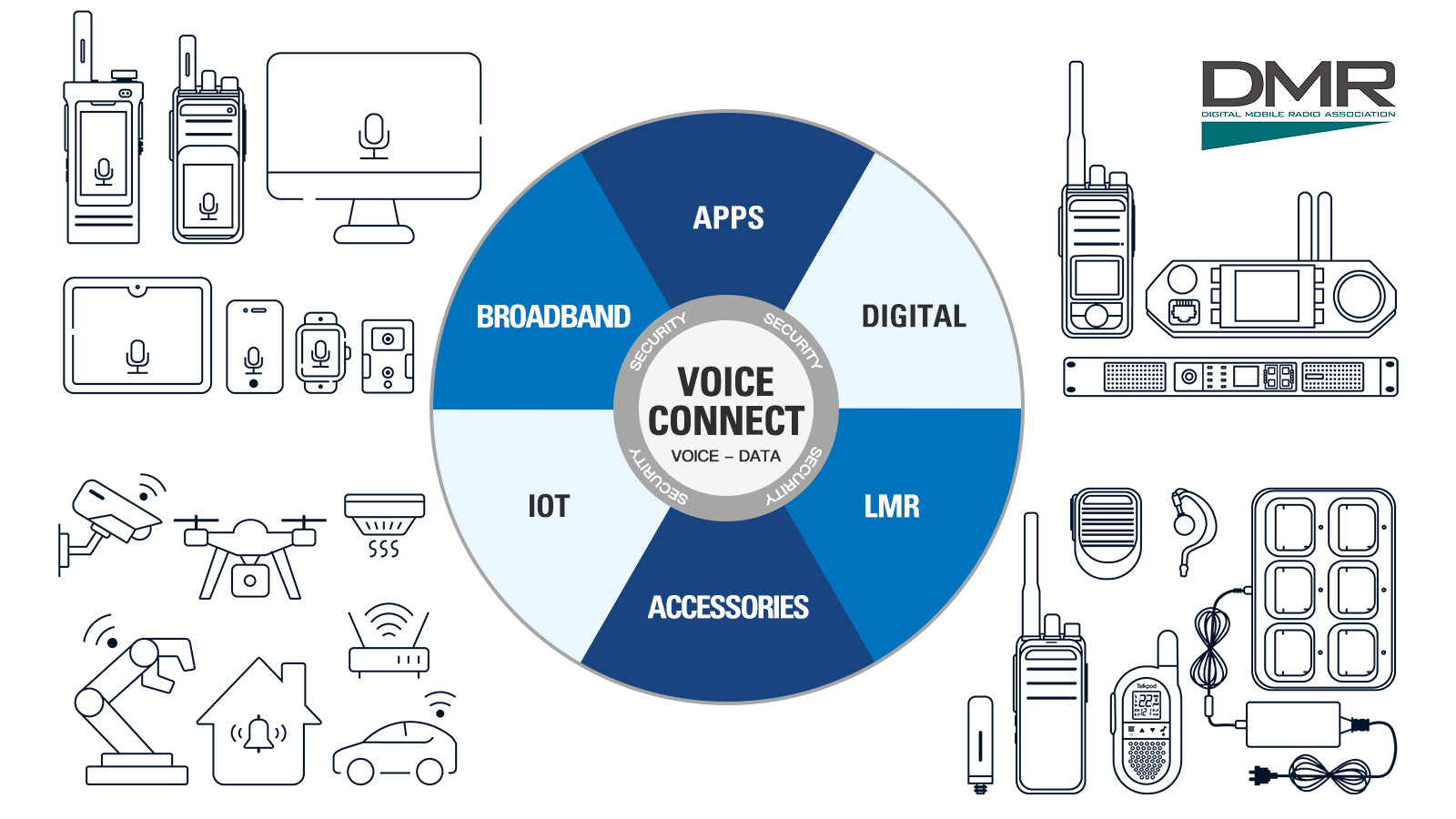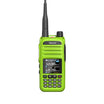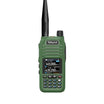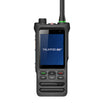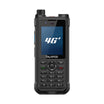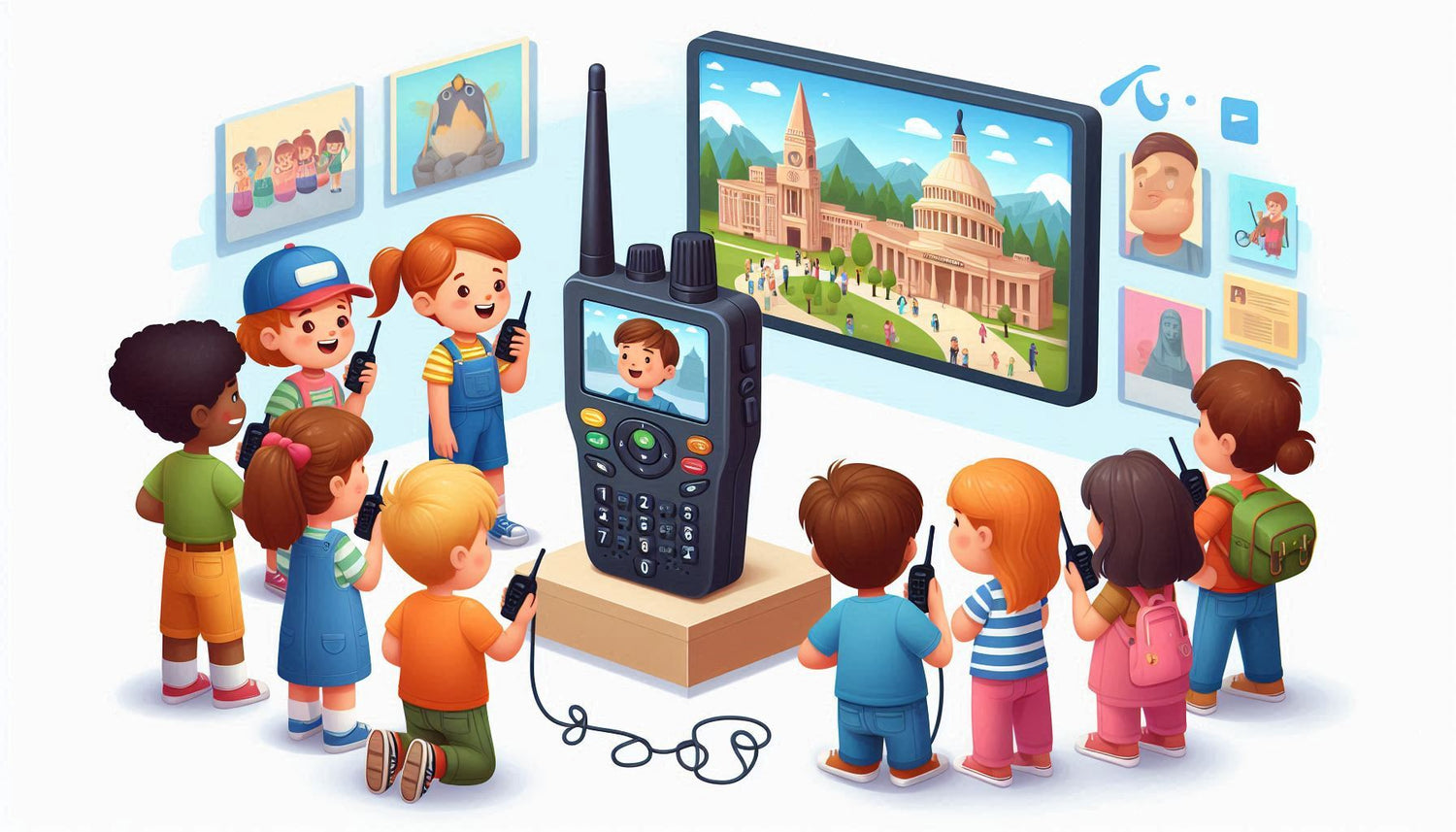In today’s interconnected world, fostering cross-cultural communication among children is essential. While technology often dominates our lives, simple yet innovative tools like walkie-talkies offer unique ways to bridge cultural gaps and nurture global citizenship. This blog explores how walkie-talkies can serve as a powerful tool for empowering children to connect with peers across borders, exchange ideas, and embrace diversity.
1. Breaking Barriers: Connecting Across Borders
Walkie-talkies offer children a fun and engaging way to communicate in real time, breaking down barriers of distance and culture:
- Modern Pen Pal Programs: Instead of letters, walkie-talkies can serve as an exciting twist on traditional pen pals, enabling children to converse instantly, share stories, and learn about one another’s cultures.
- Interactive Language Learning: Walkie-talkies can also be used to practice foreign languages, allowing children in different countries to communicate, learn new phrases, and understand cultural nuances in a playful, real-time manner.
2. Cultural Exchange Through Shared Experiences
Walkie-talkies create a dynamic platform for children to exchange cultural insights and experiences:
- Virtual Field Trips: Children can take part in virtual field trips, describing landmarks, museums, or local markets to their peers in real time, fostering a deeper connection with global history and geography.
- Cultural Storytelling: Walkie-talkies can be used for storytelling sessions where children share local traditions, songs, or dances, promoting the exchange of cultural stories and artistic expressions.
3. Building Empathy and Global Awareness
Effective cross-cultural communication fosters empathy and understanding. Walkie-talkies can help children develop these values by:
- Understanding Diverse Lifestyles: Through conversations, children can learn about the daily lives and challenges of peers in other parts of the world, from rural farming experiences to urban city life.
- Collaborating on Global Issues: Walkie-talkies can also be used to discuss global challenges like climate change, encouraging children to share their ideas and work together on solutions.
4. Enhancing Communication Skills
Beyond cultural exchange, walkie-talkies help children sharpen essential communication skills:
- Articulation & Listening: Walkie-talkies provide a fun environment for practicing clear speech and attentive listening—both crucial for effective communication.
- Problem-Solving Skills: When technical issues arise (e.g., weak signals or static), children work together to troubleshoot, promoting teamwork and critical thinking.
5. Integrating Technology with Education
Walkie-talkies can be a valuable tool in educational settings, enhancing lessons in geography, history, and social studies:
- Interactive Lessons: Teachers can create engaging lessons where students use walkie-talkies to simulate historical events or cultural exchanges, fostering hands-on learning and global awareness.
- Digital Literacy: By introducing children to concepts like radio frequencies and signal transmission, walkie-talkies also lay the foundation for STEM education.
6. The Role of Parents and Educators
To maximize the benefits of walkie-talkies in cross-cultural communication, parents and educators can:
- Facilitate Structured Activities: Organize guided sessions where children engage in purposeful conversations about different cultures or solve collaborative challenges.
- Provide Support & Guidance: Assist children with language barriers or technical challenges, ensuring a positive and enriching experience.
- Encourage Reflection: After each session, prompt children to reflect on their conversations and how it expanded their understanding of other cultures.
7. Looking Ahead: The Future of Cross-Cultural Communication
As technology advances, so do the possibilities for cross-cultural communication. Imagine walkie-talkies equipped with translation features or augmented reality (AR) capabilities, allowing children to interact with cultural landmarks in real time. These innovations could further enhance educational and emotional benefits, making global connections even more accessible.
Conclusion
Though simple, walkie-talkies have immense potential to foster cross-cultural communication. By enabling real-time dialogue, cultural exchange, and empathy-building, they empower children to become global citizens who appreciate diversity and work collaboratively across borders. Whether in schools, community programs, or family settings, walkie-talkies offer a unique opportunity to connect the next generation in meaningful and transformative ways.
Let’s leverage the power of walkie-talkies to inspire a generation of compassionate, curious, and connected global leaders—one conversation at a time! 🌍💬


